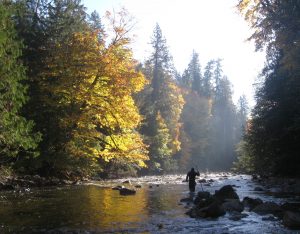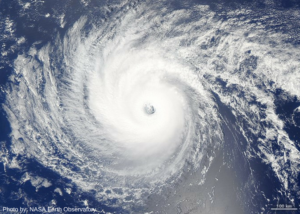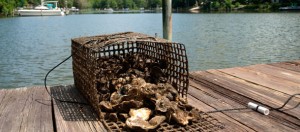

Highway Bill Should Consider Habitat Connectivity and Natural Infrastructure
Highway Bill Presents Golden Opportunity to Support Conservation and Outdoor Recreation 43 groups offer input as lawmakers craft infrastructure legislation (Washington D.C.) — “A paradigm





